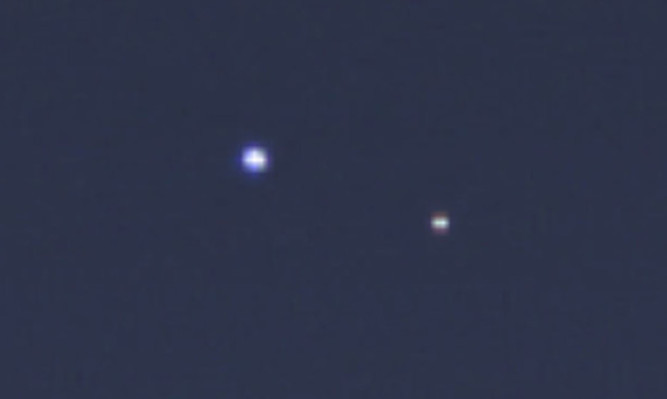Earth appears as an insignificant-looking pale blue dot below Saturn’s majestic rings in a breathtaking new image from the Cassini spacecraft.
The picture was captured on July 19 by the probe’s wide-angle camera from a distance of 900 million miles.
Magnifying the image five times reveals not only the Earth but also the moon, a fainter smudge to the right of the planet.
Dr Linda Spilker, Cassini project scientist at the American space agency Nasa’s Jet Propulsion Laboratory in Pasadena, US, said: “We may not be able to see individual continents or people in this portrait of Earth, but this pale blue dot is a succinct summary of who we were on July 19.
“Cassini’s picture reminds us how tiny our home planet is in the vastness of space, but also testifies to the ingenuity of the citizens of this tiny planet to be able to send a robotic spacecraft so far away from home to take a picture of Earth and study a distant world like Saturn.”
It is only the third time the Earth has ever been photographed from the outer Solar System. Previous pictures were taken by Nasa’s Voyager-1 spacecraft in 1990 and Cassini in 2006.
The new image marked the first time people on Earth knew in advance that their planet’s portrait was being taken from interplanetary distances.
Nasa invited members of the public to acknowledge the occasion by either finding Saturn in their part of the sky and waving, or simply smiling and celebrating. At least 20,000 people participated in the event.
Such pictures are rare because seen from so far away Earth is very close to the bright Sun. Looking directly at the Sun can damage sensitive camera sensors, just as it can the retina of the eye. But on July 19, the Sun had moved behind Saturn from Cassini’s standpoint, allowing the probe to capture the image safely.
The image was taken using a combination of red, green and blue lens filters to create a natural colour view.
